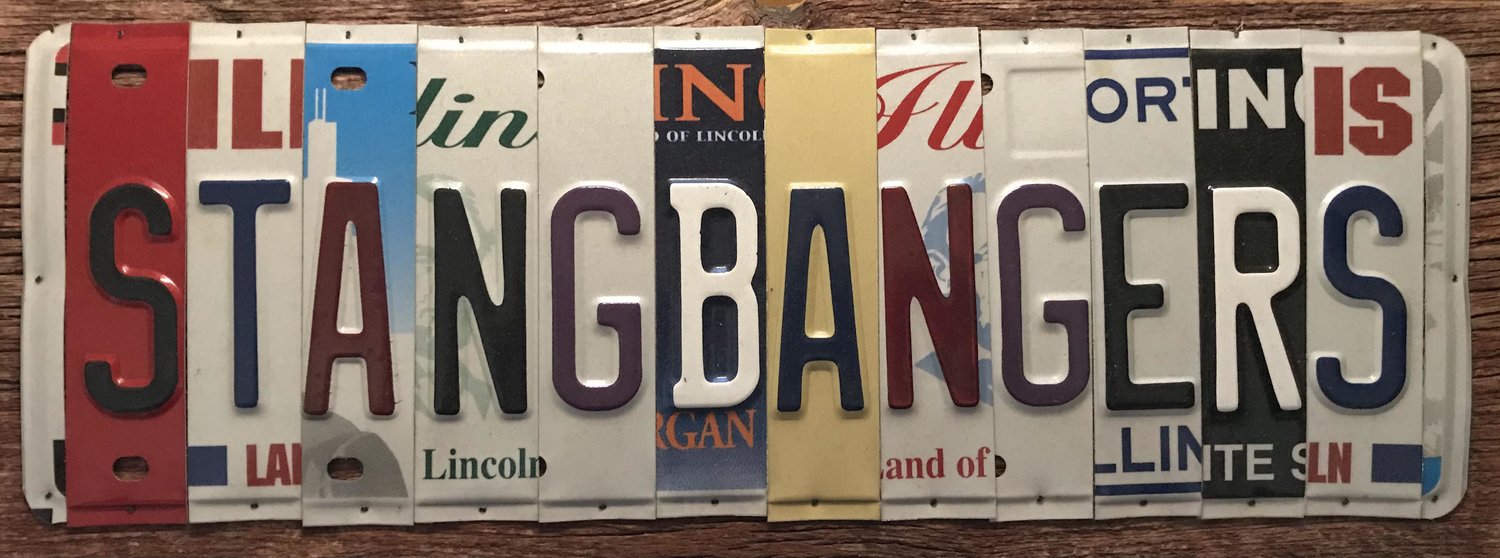1970 Ford Mustang Boss 429 "Lawman"
Ford might be a major supplier of police-service Tauruses and Explorers today, but back in the 1970s, it supplied a handful of American promotional machines to a very different peace-keeping force. These “Lawman” cars toured the Pacific theater at several U.S. military bases. Just two of them made the journey home. One of these Lawman survivors — a magnificent Boss 429 — has been restored to its former glory.
Credit Al Eckstrand with all things Lawman. Eckstrand was a fairly successful drag racer in the early 1960s, a side gig for his day job as a corporate lawyer at Chrysler. You’d be right to assume that his was something of a Jekyll and Hyde lifestyle, which he nodded at with the “Lawman” moniker that appeared on all of his drag cars. Eckstrand was good, too, holding several NHRA national records. That success, combined with his connections at Chrysler, let him run a Hemi Charger and big-block Barracuda through the latter part of the ‘60s. His ambitions, however, were bigger than this, and they included carrying the drag-racing torch overseas to Europe.
In 1966, with the help of Chrysler, Eckstrand formed the American Commando Drag Team. The mission was to take American muscle cars to England and Santa Pod Raceway, which had just opened up as the only 1/8- and ¼-mile drag strips in Europe. The cars would then tour military bases in Vietnam and other Pacific nations. American muscle cars were in high demand at the time, and this type of exposure promised to make big splash in a foreign market.
In 1970, Ford enlisted Eckstrand’s standard-bearing skills for a similar type of marketing program. The idea behind the Lawman Performance Team was to bring some of the latest Detroit muscle cars to the men and women of the Armed Forces who were serving overseas. A team of drivers went along with the cars to conduct demonstrations and seminars, all aimed at cutting down on a rash of street and highway crashes that had killed 55,000 people in 1969. Remember, this was when equipment like drum brakes and unassisted steering were standard, and even seat belts were considered a nuisance to some drivers.
On January 14, 1970, in Detroit, Ford held a press party officially announcing the Lawman program. Ford worked with major sponsors including Goodyear, Motor Wheels, Hurst, and more to create six Lawman vehicles. Five of them were Cobra Jet cars, built in Dearborn and taken from the Ford assembly line to Roy Steffe Enterprises in Fairhaven, Michigan, where they were modified and converted for Military Performance Tour service. The sixth was a Boss 429 shipped from Kar Kraft, where all the other Boss 429s were built.
That lone Boss 429 was built to demonstrate not what was readily available from the dealer, but what a racer and hot rodder could do with it using old street-racing tricks and performance equipment. What emerged was a supercharged monster with close to 1000 horsepower mated to an automatic transmission. It was the only Boss 429 to be fitted with an automatic — all the other Boss 429s were four-speed cars.
The cars were transported to various military bases in Vietnam, the Philippines, South Korea, and Japan, where it is estimated close to 40,000 troops were able to see them in safety seminars and demonstrations. During the tour, the Boss 429 was accidentally destroyed when a shipping container fell on it, but the Performance Tour team managed to arrange for a replacement Boss 429 to be delivered. It’s this second car that you see featured here, with a VIN of XXX429.
(photo credit: Marcus Anghel - Anghel Restorations)




